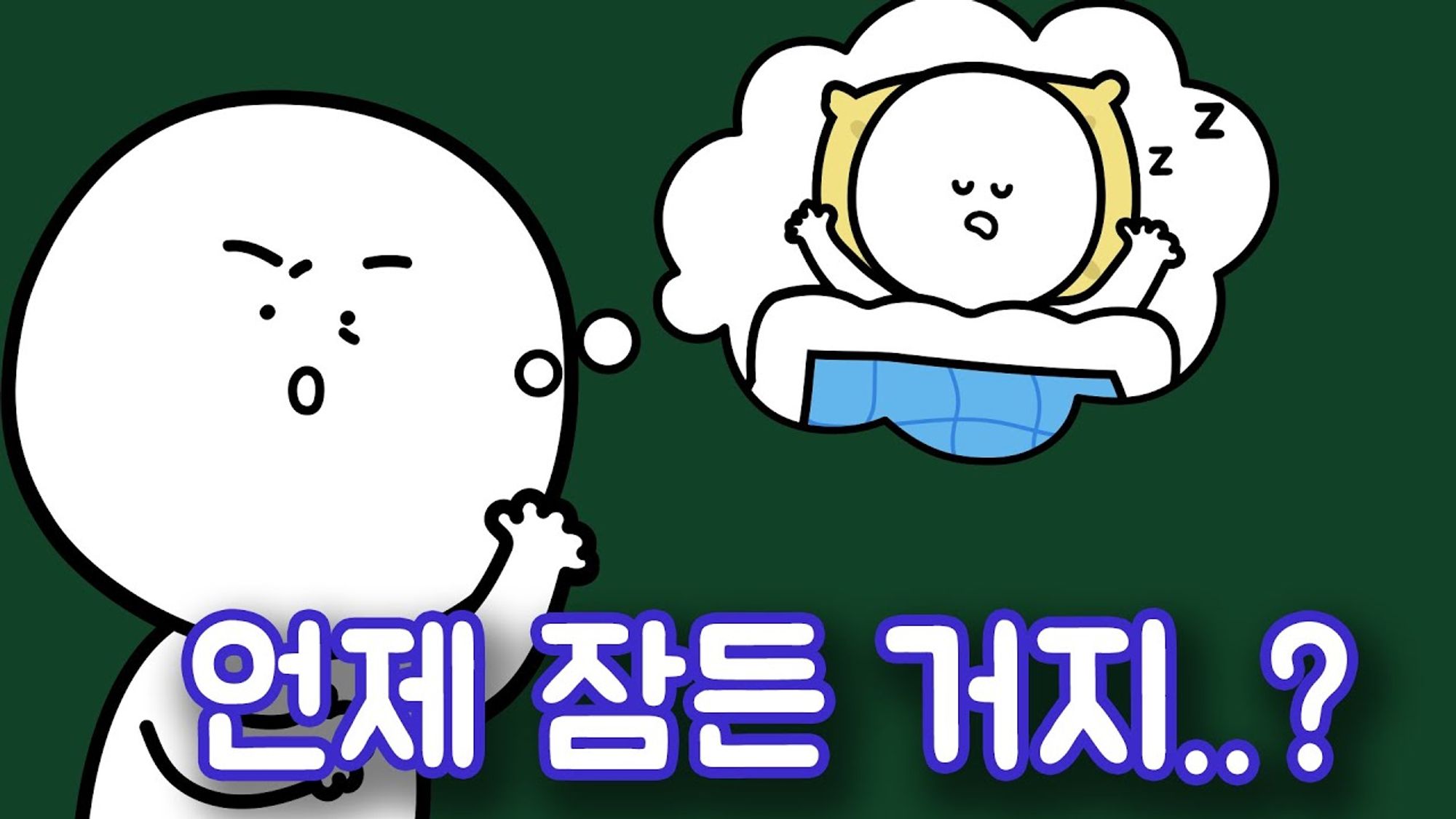Dreams are a unique sleep-dependent memory processing mechanism that discovers and strengthens previously unexplored weak associations in existing memories to extract new knowledge. Dreams serve as a process of exploring Neural Circuit for possible futures.
Dream Notion
First Communication in Dreams
- In 1900, through "The Interpretation of Dreams", Freud proposed that unfulfilled and repressed desires from reality emerge in dreams in various distorted forms.
- He believed that beyond individual experiences, there exists a universal collective unconscious in the personal unconscious, and these images appear in dreams as 'archetypes'.
- Allan Hobson argued that dream characteristics have nothing to do with Freud's 'repressed emotions', but rather that the drive to move and see constitutes the latent content of dreams. He claimed that dreams are a psychotic state and therefore meaningless to interpret.
- Allan Hobson's student Robert Stickgold presented the most recent theory. He proposed the NEXT UP (Network Exploration to Understand Possibilities) model, suggesting that dreams are a unique sleep-dependent memory processing mechanism that discovers and strengthens previously unexplored weak associations in existing memories to extract new knowledge.
Dreams serve as a process of exploring neural circuits for possible futures, and they also represent an evolutionary solution to the disadvantage of visual regression during long periods of sleep, when vision is more deactivated compared to other senses.


 Seonglae Cho
Seonglae Cho


